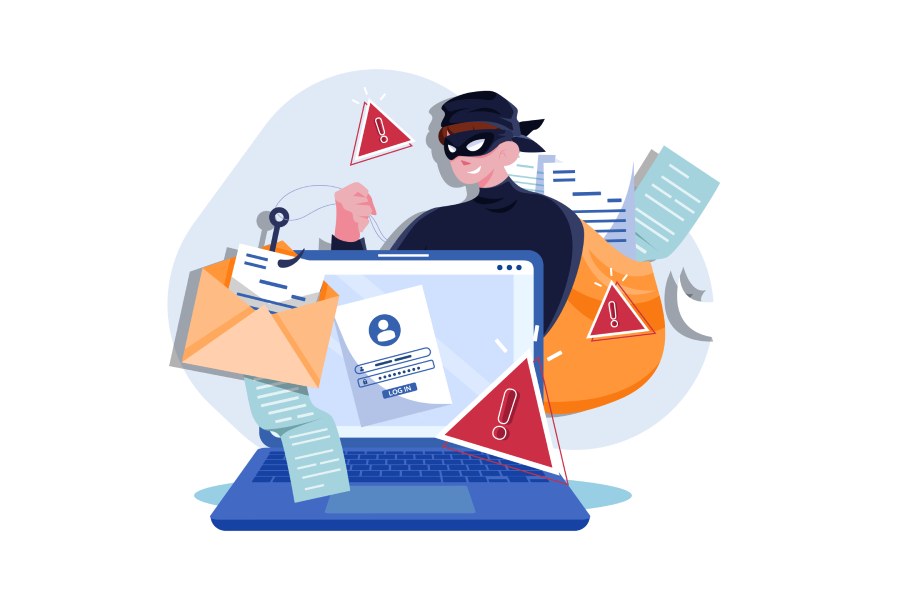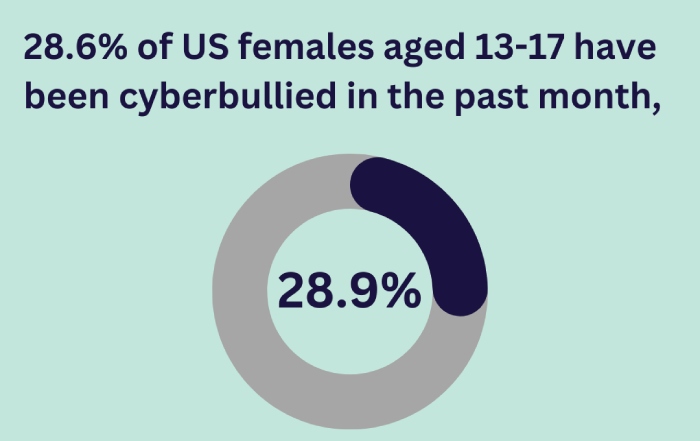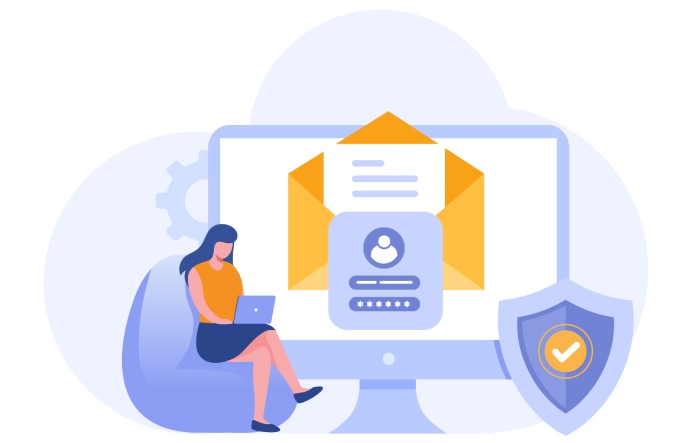A Guide to Navigating the Cyber Threat Landscape for Teenagers
Do your children take lessons or play games online? Do they spend significant time on the internet downloading songs or simply browsing through the treasure trove of information available online?
We hate to break it to you, but the internet is not as safe as you think for them. The neighborhood is riddled with cyber threats that target the young and unsuspecting. In fact, according to a report published by the Global Cybersecurity Forum (GCF) in 2022, 72% of children around the world have been subjected to at least one type of cyber threat online.
Looking at the statistics, it would be naive to think that big organizations and governments are the only victims of these grave attacks. These cyber bad guys set up traps and sneaky tricks to lure teens into giving away personal information or downloading harmful software.
The thing is, the internet is not all doom and gloom; it’s all about dodging malicious attacks and creating a safe digital safe for the young ones to thrive in! In this article, we will delve into what these cyberattacks that target teens look like and learn how to ensure a safe online experience.
Common Cybersecurity Attacks Targeting Teens
Today, teenagers are so adept at using the Internet that they hardly need guidance on how to navigate it. While they might be digitally savvy, most are unaware of the dangers lurking in the digital space.
Here are some of the most common cyberattacks that teens and their parents should be wary of:
Cyberbullying
You might have heard about teens being bullied in school or on the playground, but you’d be surprised to know that this ill practice has found its way into the digital world, with unsuspecting young adults as the prime targets.
Just like old-school bullying, cyberbullying involves various forms of digital harassment, such as sending threatening messages, posting hurtful comments on social media, and sharing embarrassing photos without consent, among others. The incessant messages and the pestering can take a toll on the target, especially when the bullying follows them everywhere they go online.
While you might think that this type of attack is not as rampant or serious as conventional bullying, it sometimes gets worse. A report published by the United Nations reveals that over a third of young people in 30 countries have reported being cyberbullied. Shockingly, this form of harassment has caused 1 in 5 students to skip school due to the distress it causes.
Phishing
Naive and unsuspecting, teenagers often fall for phishing attacks that trick them into divulging sensitive information, such as passwords or bank details. In these types of attacks, they receive an email that seems to come from a place they know and trust, like their university or bank. Such emails grab their attention by creating a false sense of urgency by sending out emails that say, “Your student account has been disabled. Click here [URL] to fix it.”
But the link takes you to a fake website that looks real. This makes them think there’s a big problem they need to sort out right away. As soon as they click the link, things start to go downhill. Instead of taking them to their real student account page, the link leads them to a fake site that looks just like the real deal.
Malware
When browsing online, it is easy for young adults to go deeper into the deep abyss of the internet and unknowingly download malware. Masquerading as harmless downloads or enticing clicks, malware attacks are designed to sneak into your device and cause irreparable damage.
Once they are in, they can spy on your online activities, gain unauthorized access to sensitive information like passwords and bank account details, or even take control of your device to use it to cause further attacks. To put it simply, it is just like opening the front door for a thief to enter and wreak havoc on your house.
Identity Theft
Adolescents often fall prey to identity thefts while mindlessly browsing on the internet. Identity theft can manifest itself in many ways, two of which are most common— sharing too many personal details on social media or clicking on a phishing link that tricks them into giving out their details.
Not sure how your personal information can be misused by adversaries?
They can go as far as spending your money, opening new credit cards, or even getting loans in your name.
Fraudulent Offers and Schemes
You might have heard of the phrase “If it’s too good to be true, it probably is not.”
Teenagers often turn a blind eye to this notion when they encounter offers and schemes to win a smartphone or a trip. These schemes often pop up online, in emails, or even through text messages, and they can look pretty convincing, using logos and language that make them seem real. The masterminds behind these attacks usually ask for a small fee or might require you to enter your personal details to “verify” your identity to unlock a prize.
Once they get what they want, the promised reward vanishes, leaving you with less than you started with.
Ensuring Enhanced Security for Teens
Did you know that the youth is the driving force of connectivity across the world, with 79% of 15 to 24-year-olds online in 2023, compared with 65% for the rest of the world’s population? Rest assured, out of this 79%, only a fraction of them would realize the importance of cybersecurity and adopt healthy browsing practices.
It is our responsibility, as adults, to equip them with the knowledge and tools to recognize and respond to cyber threats. Leveraging cyber threat intelligence can help proactively identify emerging risks targeting teens. We not only protect their digital journey today but also empower them to become savvy and secure digital citizens of tomorrow.
As we navigate the complexities of cybersecurity threats targeting teens, the importance of robust email security practices cannot be overstated. Get in touch with our team at DMARC Report (A DuoCircle Brand) to learn how our services can protect your organization’s digital communication and contribute to broader phishing awareness training.


